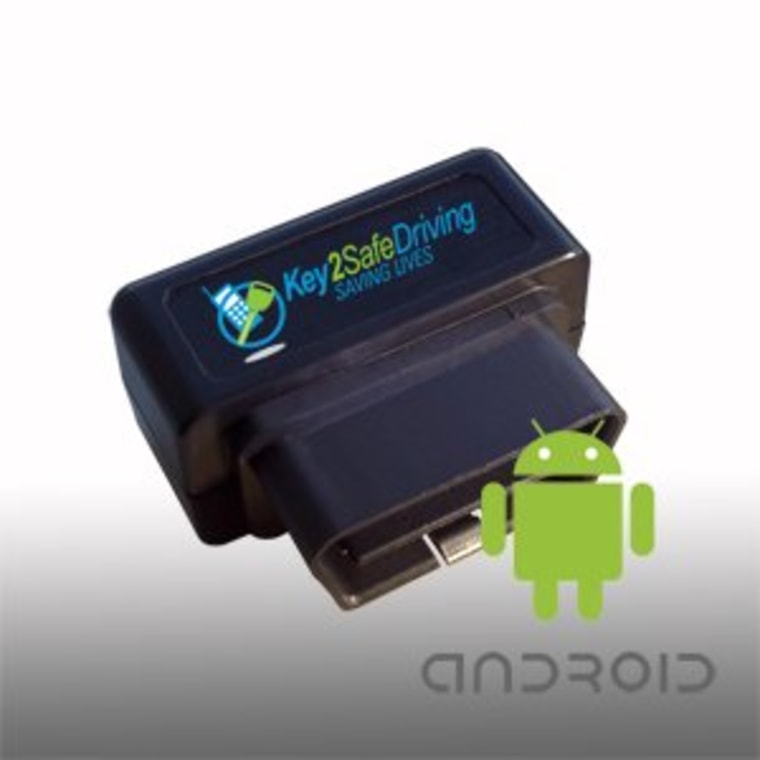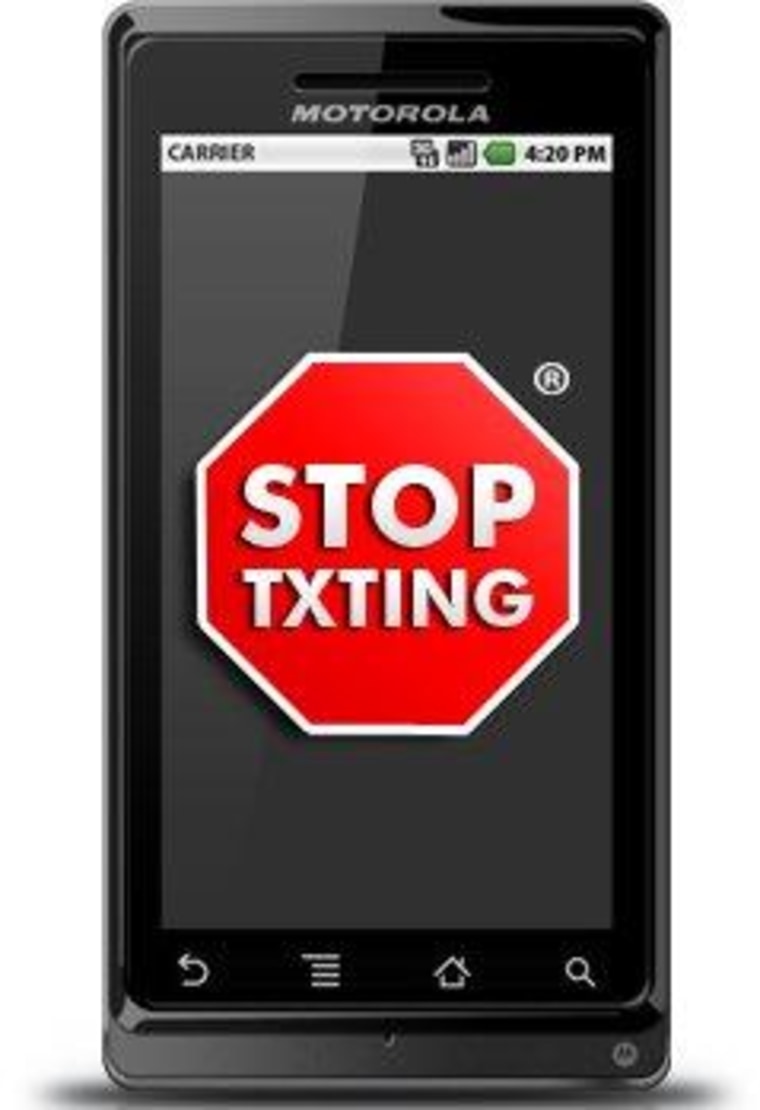For those who advocate the elimination of texting while driving, there are already tools in place that help prevent the two from mixing, but the nation's transportation safety experts want to go a step further and insist on carriers to install technology in the handset from the get-go that will make it impossible to use cellphones in moving cars, except during emergencies.
While both paid and free apps such as T-Mobile's DriveSmart and StopTxting are available to consumers now, there is a push from the NTSB to the CTIA (the International Association for the Wireless Telecommunications Industry) to advance the initiative even further.
Among the recommendations issued from the NTSB's suggested blanket ban of cellphone use in cars — including hands-free use — would be developing technology features "that disable the functions of portable electronic devices within reach of the driver when a vehicle is in motion; these technology features should include the ability to permit emergency use of the device while the vehicle is in motion and have the capability of identifying occupant seating position so as not to interfere with use of the device by passengers."
Caught by surprise at the mention of CEA by the NTSB, CEA's Jason Oxman, senior vice president for industry affairs, told msnbc.com this today:
As I understand it, they announced that they were going to be contacting us ... but we haven't received anything. CEA has long been active on the issue of safe driving as it pertains to the use of electronics in the vehicle, and we are active in engaging all stakeholders — from manufacturers to government officials — to take steps that actually address the need to ensure safe operation of motor vehicles. It is CEA's position that consumers in the car should act in a manner that keeps their eyes on the road, their hands on the wheel and their attention, most importantly, on their surroundings. Any behavior by a driver that distracts them from keeping their eyes on the road — whether it's conversation or eating or drinking, smoking, tending to a child or any other activities, including the use of a portable electronic device — does not result in safe driving and should not be engaged in by drivers. The key here is to ensure that whatever you're doing in the car that you keep your eyes on the road.
In response to the U.S. National Transportation Safety Board's recommendations released today, CTIA-The Wireless Association President and CEO Steve Largent reiterated many of the CEA points, and added:
CTIA and the wireless industry agree that when drivers are behind the wheel, safety should be their number one priority. Manual texting while driving is clearly incompatible with safety, which is why we have historically supported a ban on texting while driving. As far as talking on wireless devices while driving, we defer to state and local lawmakers and their constituents as to what they believe are the most appropriate laws where they live. The wireless industry remains focused on educating consumers about their responsibilities when they’re driving, especially inexperienced drivers. We’re proud of our partnership with the National Safety Council that focuses on teens and novice drivers that tells them ‘On the Road, Off the Phone.’ As part of the partnership, we developed a TV and two radio public service announcements (PSAs) that have been viewed and heard by millions. In regards to NTSB’s recommendation number 12, we have always encouraged the industry to continue to develop new technology-based tools and offerings that are affordable and consumer-friendly that would create safer driving. The industry constantly produces new products and services, including those that can disable the driver’s mobile device. We remain dedicated to educating all consumers to ensure when they are behind the wheel, safety is their top priority.
A T-Mobile spokesman gave us a statement that talks about DriveSmart.
T-Mobile discourages its customers from text messaging or e-mailing while driving. Earlier this year, T-Mobile introduced DriveSmart, a smartphone application that, when enabled, allows drivers to focus on the road without being distracted by their mobile phone. Two versions of the DriveSmart application are available: DriveSmart Basic and DriveSmart Plus. When initiated, the DriveSmart Basic provides automatic incoming call and message management. DriveSmart Plus offers additional features, such as automatic activation by detection of speed as well as advanced parental controls for enhanced peace of mind when teen drivers are behind the wheel. DriveSmart Basic is free, and comes pre-installed on select T-Mobile Android handsets. DriveSmart Plus is available to T-Mobile customers as a $4.99 monthly charge on their T-Mobile bill, which then allows them to use the DriveSmart Plus service on any compatible Android device on their account.
While the market seems to be focused on apps and preventive behavior, there are also devices such as the Key2SafeDriving product that "plugs directly into your vehicle's on-board diagnostics port," and which allows the device to gather data, such as "when the car is running, how fast it is going, etc." The company also makes a hardware attachment for Android phones.

Studies go back and forth on the impact of talking/texting/operating a phone while driving, some saying the risk is overestimated, while others would argue it's even more dangerous and at the very least slows response time; but with the NTSB now at the front of the charge, the days of using a phone while driving may be numbered.
Additional reporting by msnbc.com's Alex Johnson.
More stories:
- US calls for ban on in-car phone use ... even with Bluetooth
- AT&T's new app disables texting while driving
- Studies may have overestimated cellphone crash risk
- Apps that prevent your teen from texting while driving
- Gadgets tied to 25 percent of car crashes: report
- Texting while driving doubles reaction time: study
Check out Technolog on Facebook, and on Twitter, follow Athima Chansanchai, who is also trying to keep her head above water in the Google+ stream.
